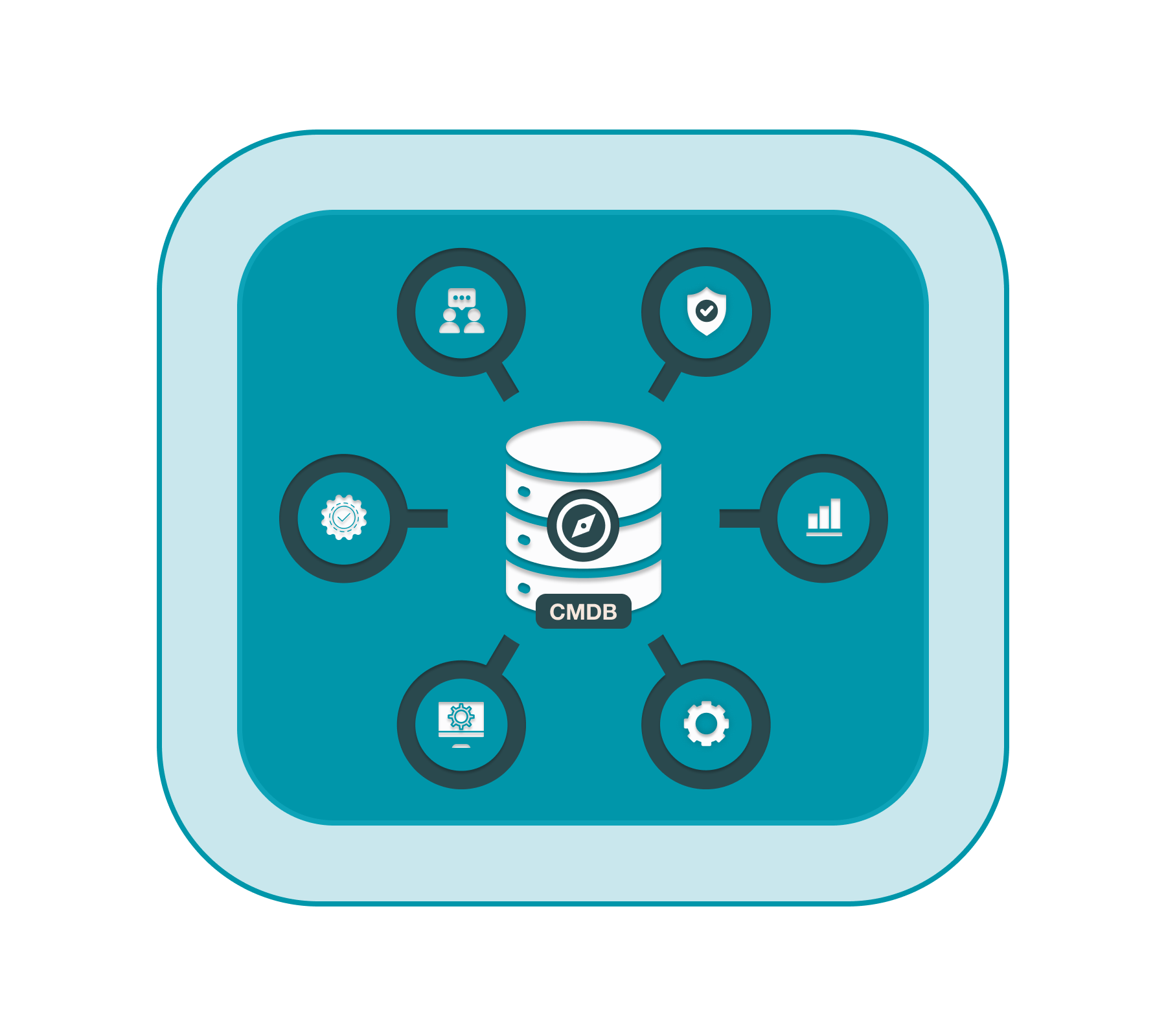Welcome to my 5th and final blog in the series on Cloud CMDB. Let me start off by wishing everybody a relaxing and uplifting holiday season and a successful 2024.
For many of us a new year brings new challenges and exciting new projects – no matter what 2024 brings – may it be good.
As organizations increasingly transition to cloud-centric infrastructures, the implementation of a Cloud Configuration Management Database (CMDB) becomes a critical strategic initiative. In this blog, we delve into the best practices that pave the way for a successful Cloud CMDB implementation and explore the future trends that will shape the landscape. Best Practices for Cloud CMDB Implementation
Best Practices for Cloud CMDB Implementation
1. Data Governance and Quality Assurance
The foundation of any effective CMDB lies in the integrity of its data. In the context of a Cloud CMDB, this section underscores the paramount importance of robust data governance practices and quality assurance measures. Establishing a culture of data governance ensures that the CMDB becomes a reliable and accurate source for informed decision-making and streamlined IT operations. Best practices include defining clear data ownership, implementing standardized data entry procedures, and regularly auditing data for accuracy and completeness.

2. Regular Audits and Updates
The dynamic nature of the IT landscape demands continuous adaptation. Regular audits and updates are vital to ensuring the sustained relevance of a Cloud CMDB. I strongly advocate for proactive measures such as continuous monitoring and updating to keep the CMDB aligned with the ever-evolving IT environment. By embracing a dynamic approach, organizations can maintain accuracy, enhance adaptability, and safeguard the long-term effectiveness of their Cloud CMDB.
3. Collaboration and Communication Strategies
Success in Cloud CMDB implementation extends beyond technology; it requires effective collaboration and communication across IT teams and other departments. This section explores best practices for fostering collaboration and communication, emphasizing the importance of breaking down silos and encouraging cross-functional cooperation. By creating synergies between teams, organizations can maximize the value derived from their CMDB, fostering a culture of shared responsibility and collective success. Future Trends in Cloud CMDB
Future Trends in Cloud CMDB
1. Evolving Technologies and Standards
Anticipating the future is crucial for staying ahead in the ever-evolving IT landscape. This section explores upcoming developments in Cloud Configuration Management Databases (CMDBs) technologies and industry standards. By staying informed about emerging trends, organizations can position themselves strategically to adapt and ensure the continued relevance and effectiveness of their CMDB in the dynamic digital environment.
Gartner provides a guidance framework for implementing a CMDB. Technical professionals are often asked to help improve change management to avoid excessive downtime and deliver governance. A CMDB is a good solution, but as discussed in this series, CMDBs are difficult to implement and prone to failure. This research guides you through the process of a successful CMDB implementation.
The future of Cloud CMDB technologies and industry standards is bright and full of possibilities. By staying informed about emerging trends, organizations can position themselves strategically to adapt and ensure the continued relevance and effectiveness of their CMDB in the dynamic digital environment.
2. Integration with AI (Artificial Intelligence) and Automation
The integration of Cloud Configuration Management Databases (CMDBs) with artificial intelligence (AI) and automation is a promising area for IT efficiency. According to Gartner, by 2025, half of cloud data centers will deploy advanced robots with AI and machine learning capabilities, resulting in 30% higher operating efficiency.
The use of AI-driven automation can unlock new levels of agility and innovation, as well as enhance responsiveness, streamline operations, and achieve unprecedented efficiency in managing IT infrastructure.

AI-Generated image of a person working on a Cloud CMDB The potential synergies between CMDBs and AI-driven automation are vast.
For instance, robots with AI and machine learning capabilities can be deployed to automate tedious and repetitive tasks such as capacity planning, rightsizing virtual machine and container environments, or guaranteeing the efficient use of resources to avoid “cloud waste” for enterprises and their buyers.
Moreover, AI and machine learning can be used to analyze data from CMDBs to identify patterns and anomalies, predict potential issues, and recommend solutions. This can help organizations to proactively address issues before they become critical, thereby reducing downtime and improving service levels .
In the future, the possibilities of AI in IT are endless. For instance, ASIC (Application-Specific Integrated Circuit) and FPGA (Field-Programmable Gate Array) are becoming increasingly popular for carrying out complex AI functions, thus consuming less power. With rapid learning and adoption, AI is no longer a crystal ball technology but something that humans now interact with in nearly every sphere of life. By embracing AI and automation, organizations can unlock new levels of agility and innovation, streamline operations, and achieve unprecedented efficiency in managing their IT infrastructure. The future of IT is bright and full of possibilities!
Conclusion
In conclusion, this series of blogs provides a comprehensive summary of the key benefits and challenges discussed throughout the exploration of the Cloud CMDB landscape. Reflecting on success stories, overcoming challenges, and embracing best practices form the foundation for a transformative journey. The integration of a Cloud CMDB is not just a technological evolution but a strategic imperative for navigating the complexities of the digital age. I want to encourage organizations to embrace the transformative power of Cloud CMDBs.
In adapting to the evolving demands of modern IT environments, organizations can position themselves for success and innovation. The journey towards effective Cloud CMDB implementation is a strategic endeavor that aligns with the dynamic nature of the digital era, ensuring organizations thrive amidst technological advancements and evolving business landscapes.
That is it for me, and it is time to sign off. For the time being, this will be my last blog in OnePane’s blog section.

